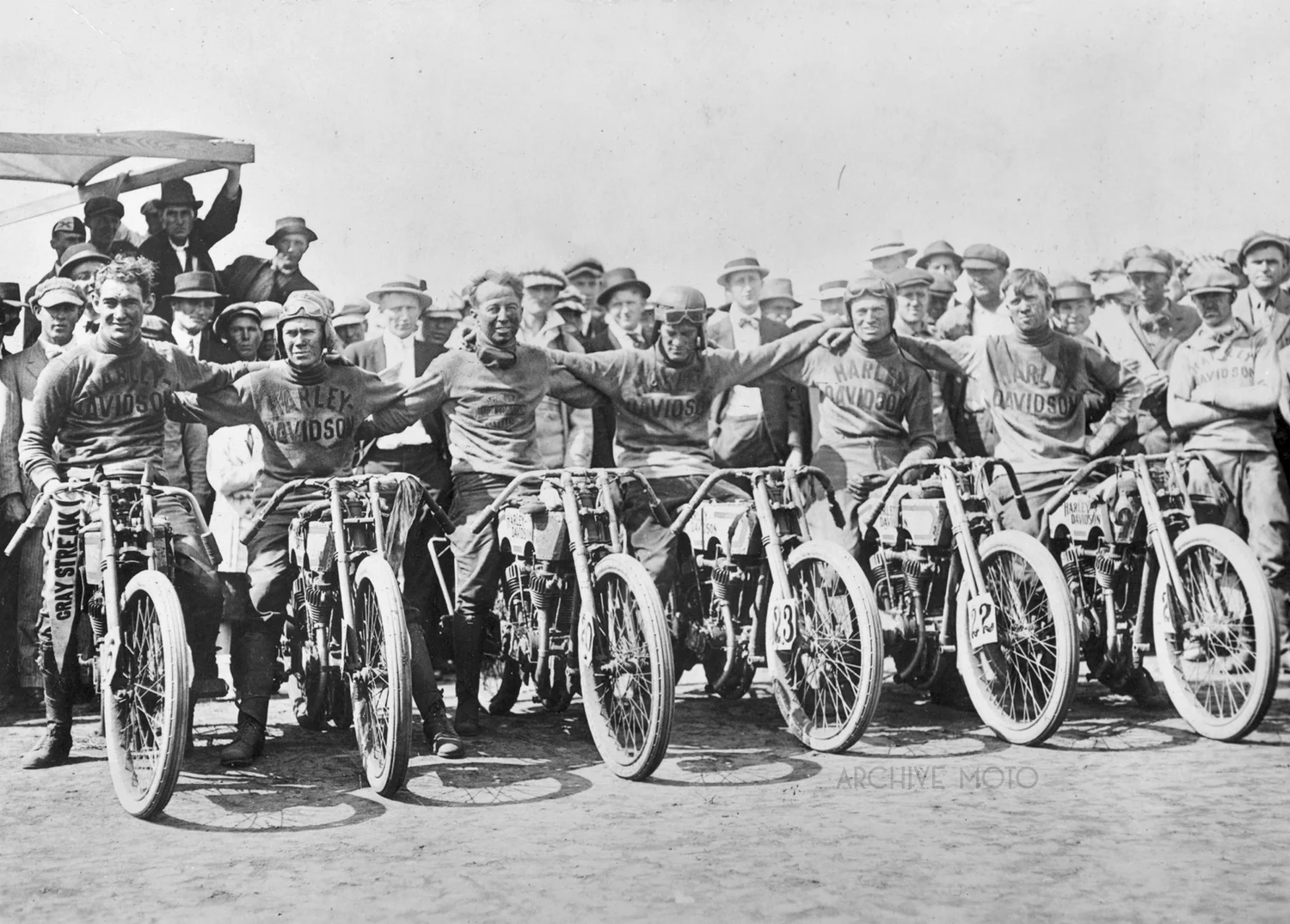Meet Henry Hammond Springs, the teenage phenom from Augusta, Georgia who kicked up the dirt of American speedways in the late teens. Hammond was yet another remarkable young talent who dedicated his life to racing motorcycles, and like so many competitors from that time he too tragically gave his life in the pursuit of victory. Born in Augusta in 1902, Hammond's family relocated to Atlanta after his father, a firemen died in the line of duty in 1909. Once in Atlanta Hammond began racing his motorcycle, a Harley-Davidson 8-valve at the local tracks including the 1-mile dirt oval, the Lakewood Speedway. He was quickly taken in by local Indian dealer and board track racer Harry Glenn who recognized Hammond's natural abilities and helped refine his skills on the track. Due to the suspension of professional racing during World War I, Hammond was able to hone his skills on local tracks against riders who had already made a name for themselves on the national circuit. Hammond grew tremendously during this time period and by the time he was able to enter his first professional event for with his new Indian jersey on Labor Day of 1920, he found the podium in every race, winning both the 10 and 15 mile open races. Now an official member of the Indian factory team, the 17 year old Hammond began competing across the country in the major events of the day, including the premier 300 mile race at Dodge City. Over the next couple of years, the dashing young Hammond became a top rider at Indian, local hero in Atlanta, and a crowd favorite as he hurled ribbons of dust off the back fire of his Indian Daytona. Tragically though, America's youngest professional motorcycle racer would die a teenager during a race at Springbrook Park in South Bend, Indiana on May 30, 1922. News of Hammond's death hit hard in Atlanta, and when his body was returned to the city to be laid to rest in the historic Westview Cemetery he was escorted by a long procession of motorcycle's, including fellow racers, friends, and APD officers.
Find out more about the fast life of Hammond Springs in the pages of Georgia Motorcycle History
One of the most captivating chapters in the evolution of American motorcycle culture is the era of the Motordrome. These circular wooden tracks, typically between 1/3 of a mile and 1 mile in length, steeply banked up to 65 degrees first appeared in 1909. Though they were a natural progression from the smaller wooden bicycle tracks, or velodromes, the Motordrome provided an intense new level of excitement for spectators.
Opened in July of 1908 the Clifton Stadium in Patterson, NJ was the first of the bicycle tracks to be constructed with consideration of motorcycle matches. Though it was considerably wider and longer than the Velodromes of the day, still only two machines could fit on the boards at one time. Clifton showed manufacturers like Indian and the track's builder Jack Prince that interest in motorcycle events was bubbling, there was money to be made. Prince then set off for Los Angeles to build the first specific motorcycle racing track in America. A 1/3 of a mile wooden oval with 45 degree banked turns and flat straights was completed in March of 1909 and named the Los Angeles Coliseum. Though the track was an immediate success, Prince learned from the riders that negotiating the incline shift from the banked turns onto the flat straights was difficult and limiting.
Meanwhile founders of the Indian motorcycle company, George Hendee and Oscar Hedstrom were no strangers to the value of racing their motorcycles. As early as 1908 specifically engineered racing machines were being developed by Hedstrom and an official racing team was assembled. In a brilliant business move George Hendee saw to it that the next Motordrome would be built close to their headquarters in Springfield, MA. He then, in early 1909 secured a 10 year lease on a plot of land 3 miles north of downtown and contracted Prince to begin construction as soon as he completed the LA Coliseum. On July 31st 1909 Prince unveiled the most state of the art racing facility the world had ever seen. Like the LA Coliseum, the Springfield Stadium was 1/3 of a mile in length, however learning from the racers in LA Prince made the Springfield track circular, with a consistent banking. This new design made an instant impact on the speedsand when Indian's Indian's star riders like Fred Huyck and Jake DeRosier fired their machines up for the first time they smashed all existing records, some by as much as 19 seconds.
The success of the Springfield design in the summer of 1909 set the foundation for an explosion of short, circular board track Motordromes across the country. Though the extremely dangerous nature and high maintenance cost would limit the era of the circular Motordrome to less than a decade, it continues to be one of the most idolized periods in motorcycle culture. One of the aims of Archive Moto is to thoroughly document each of these remarkable tracks and the men who fearlessly competed on them, stay tuned! In the meantime enjoy this iconic shot of Morty Graves and Frank Ward thrilling the crowd at the LA Cloiseum in 1910.
Taken during the speed trails held at Ormond Beach in 1909, this shot features New York native A.G Chapple, one of the three factory racers that accompanied Carl Oscar Hedstrom to the Daytona area to test out the latest Indian technology. Though his teammates Walter Goerke and Robert Stubbs shared the most records and wins that weekend, Chapple did take the win for the 10-mile event atop his 7hp Indian twin prototype on March 23, 1909. It appears as though this machine is one of the very elusive, seminal "bent tank", loop-framed prototypes of 1908, a machine that I find thoroughly intriguing and hope to uncover more information about.
One of motorcycling culture's first ambassadors, here is New Orleans native, pioneer motorcycle racer, and F.A.M. official Arthur Mitchell posing in downtown Birmingham, AL. ca 1912. Mitchell began racing bicycles as a teenager in the late 1800's, and like many of his generation he found himself perfectly positioned to transition into Southern California's motorcycle racing scene as the sport was first taking shape. Mitchell entered his first races in the New Orleans area in 1905, and by 1908 he turned pro. Despite having started out his career on an Indian, Mitchell inked a deal with the German manufacturer NSU in October of 1908 and instantly became the rival for Indian's growing stable. Paul Derkum, Morty Graves, Robert Stubbs, and Jake DeRosier all found Mitchell and his NSU a difficult pair to overcome. Though Mitchell enjoyed a fruitful career with NSU, he raced several different mounts throughout his career including Thor, MM, and Flying Merkel, he even took one of Harley's early development 11K racers out in 1914.
As the sport developed events once held on fairground horse tracks began taking place on the perilous board track motordromes, Mitchell kept his pace and continued to be a fierce competitor. According to an article from the Los Angeles Herald in 1909 Mitchell had the "all of the appearance of a bulldog and the grit of a man who knows no fear." Mitchell's career took him to every corner of the country and as a result of his travels Mitchell was able to interact with many local clubs. Many of these local organizations, especially those located in the southeastern US credit Mitchell as the man who helped their formation. By 1912 he had involved himself with all aspects of the racing game including working as a sanctioned referee for the FAM. Apart from his career as a racer, referee, and FAM representative, Mitchell also held a job as the sales manager for the Texas motorcycle Company in Dallas, TX. in 1911. By the teens Mitchell was heavily involved in the culture of motorcycling in America, and though he was in his 30's the bulldog continued to race.
This photo, taken by Birmingham's moto-enthusiast photographer O.V. Hunt shows Mitchell in downtown Birmingham, AL ca. 1912. Between 1910 and 1913 Mitchell competed in several races in the Magic City onboard Flying Merkels including this iconic twin.









